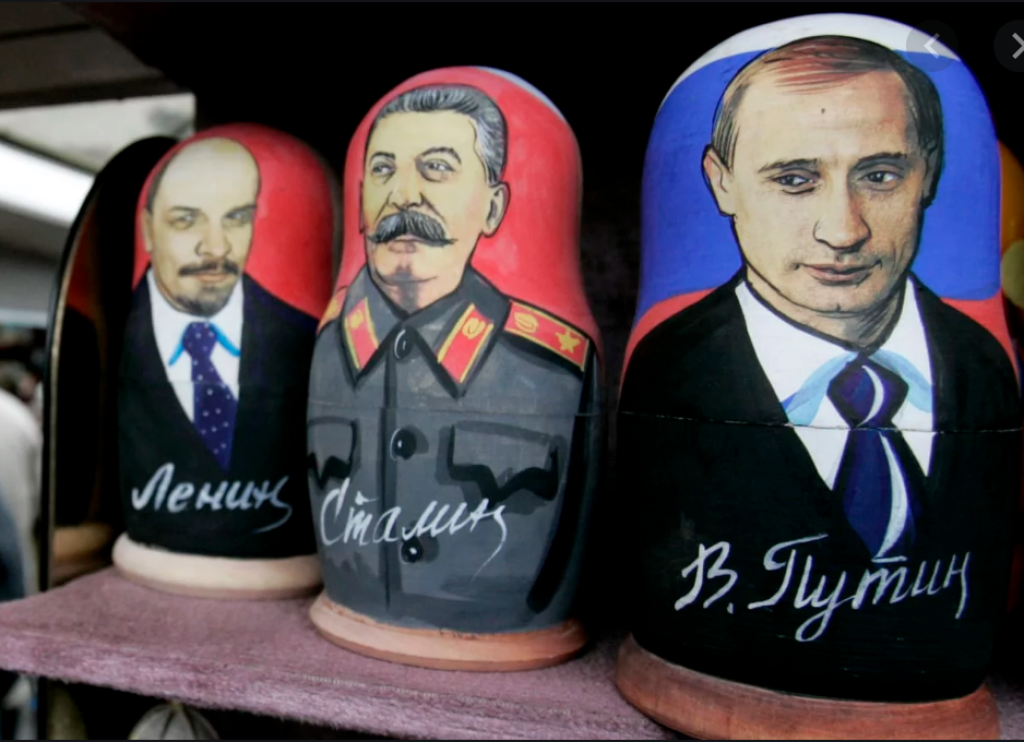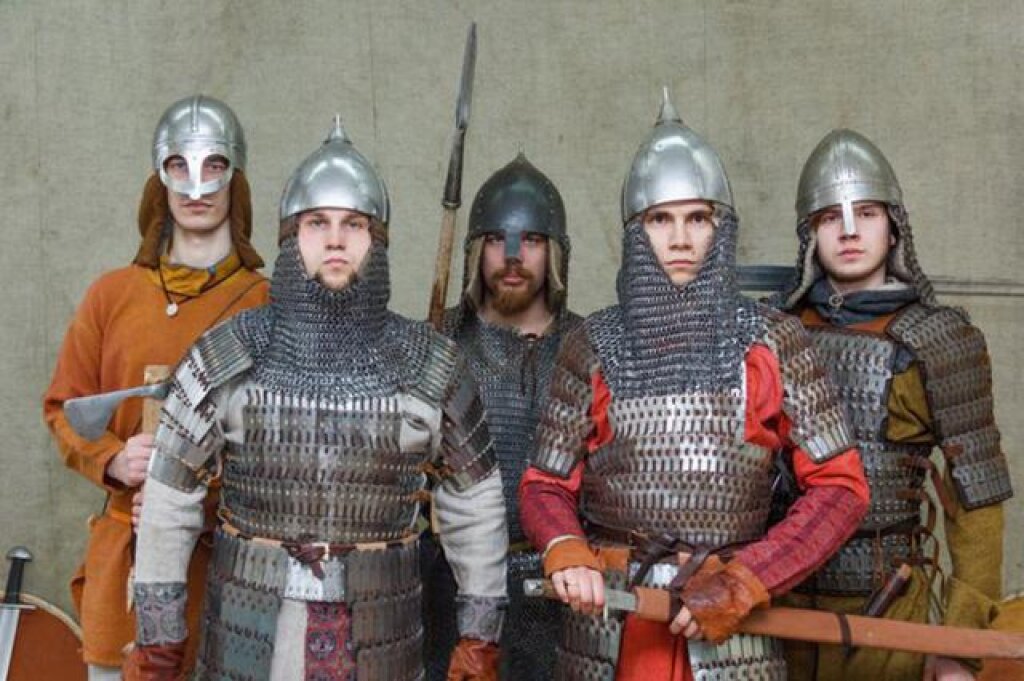Ekaterina Vassilieva is a postdoctoral researcher at Humboldt University of Berlin. Her current research project, entitled Fantasy in Power. Literary and Political Authorship in Contemporary Russia, argues that state power in today’s Russia draws on strategies of legitimization usually associated with artistic production. In 2019, Dr. Vassilieva was a Visiting Scholar at NYU's Jordan Center. Her study of Russian culture and politics was funded in 2018-2019 by an “Originalitätsverdacht” fellowship from the Volkswagen Foundation.
Article 13 of the current Constitution of the Russian Federation, adopted in 1993, explicitly forbids the imposition on citizens of a state ideology. Instead, Article 13 articulates a clear commitment to “ideological diversity.” This statement officially affirms post-Soviet Russia’s departure not only from Marxism and socialism, but more generally from what critical theory describes as meta- or grand narratives. Such narratives are meant to offer universally valid interpretations of global processes, contributing to a sense of collective identity by conveying a unified perspective. In postmodernity, and, seemingly, also in postsocialism, these narratives have famously become unstable.
In Vladimir Putin’s programmatic article "Russia at the Turn of the Millennium," published on 30 December 1999 in Nezavisimaya gazeta — just before he took office as Acting President of the Russian Federation — he clearly distances himself from “communist doctrine.” His most important critique is economic: The Soviet “ideologization of the economic system” has allegedly led the country to a deadlock and inhibited optimal development. However, in order to catch up with the economic competition, Putin proposes what seems like a return to the use of ideological tools, since he ascribes the post-Soviet Russia's growth problems to a crisis of values. As long as society is split, that is to say not in agreement on “fundamental ideological directions,” no effective production work is possible. At the same time, Putin rejects the term “state ideology” as inappropriate and anachronistic (and crucially, unconstitutional, though Putin does not mention this fact). A consensus needs to be achieved, but, as a matter of course, without coercion. People must voluntarily choose "correct" goals and values, which naturally correspond with the true desires of the overwhelming majority of Russians.
Putin's 1999 statement makes clear, unequivocally and from the very start, his vision of cultural policy: ideology without ideology. Today, the authorities in Russia enjoy pointing out that citizens no longer live under totalitarianism. It is not a coincidence that, on these occasions, Stalinism is a frequent point of reference, since it is against this background that the advantages of the current regime are supposed to be most evident. On the one hand, this comparison suggests that Stalin, whose popularity has been growing rapidly during the last several decades, is the only possible rival of today’s president in terms of efficiency, political determination, and overall scale of personality. On the other hand, this comparison emphasizes how mild and humane the current government is by contrast with political practices under Stalinism. Ultimately, the Putin-Stalin juxtaposition rhetorically places the political subject at the golden middle between chaos and dictatorship.
This same idea is also implicitly conveyed by former Minister of Culture Vladimir Medinsky in a newspaper article from 2015, published in the same booklet as the "Principles of State Cultural Policy" adopted by the President. In this article, Medinsky laments the absurd expectations of artists who demand that state cultural policy be neutral. Speaking with parodistic exaggeration in the voice of these putatively unreasonable cultural figures, Medinsky summarizes their views as follows: “We [the artists] want it to be like in Stalin’s time, but without Stalin himself, please.” The subject of Medinsky's critique here is the desire, allegedly widespread in the 1990s, for generous cultural subsidies from the state (like in the "good old socialist days”), combined with unrestricted artistic freedom.
For Medinsky, this combination makes no sense. In his opinion, culture is an important resource whose proper use supports, or even a priori enables, economic development. For this reason, it is the duty of every strong state invested in protecting the interests of all citizens to set certain ideological requirements, intervening in cultural matters before money can flow. Yet Medinsky assures the reader that artistic freedom is not necessarily affected in this scheme, since there is no direct censorship and no repressive measures.
What we are dealing here with is a specific pattern of cultural policy that can be defined as “Stalin without Stalin” (by analogy with “ideology without ideology”), although in a different sense than what Medinsky's "naive artists" have in mind. Within this framework, state control of cultural processes — and consequently state financial support — would increase, all the while leaving some “spaces of freedom." In these narrow refuges, the artist might escape control and remain unpunished, but on the other hand is unable to make any claims.
So much for the official version. My diagnosis of the situation goes, however, in a slightly different direction. In my opinion, these spaces of freedom and deviation, which Medinsky’s statement makes appear unimportant and marginal, are not simply tolerated by the government. In fact, these spaces can be regarded as the most important resource for cultural policy when it comes to providing approval for a regime where actual democratic institutions have little sway, yet democratic-style liberties must still at least be promised to citizens. The best promotion for an authoritarian government seems, paradoxically, to be the display of its perceived flaws and the deliberate creation of secure places — whether real or only imagined –—where critical thinking can be cultivated without endangering the system's balance.
But in the case of today's Russia, can we really speak of a new official art, constructed on the model of what Boris Groys called “Gesamtkunstwerk Stalin [Total Art of Stalinism]," whose legacy was still influential at the end of the Soviet period? This is the question at issue in Phantasie an der Macht. Literarische und politische Autorschaft im heutigen Russland [Fantasy in Power. Literary and Political Authorship in Contemporary Russia], forthcoming in 2020 with the Matthes & Seitz publishing house in Berlin.



